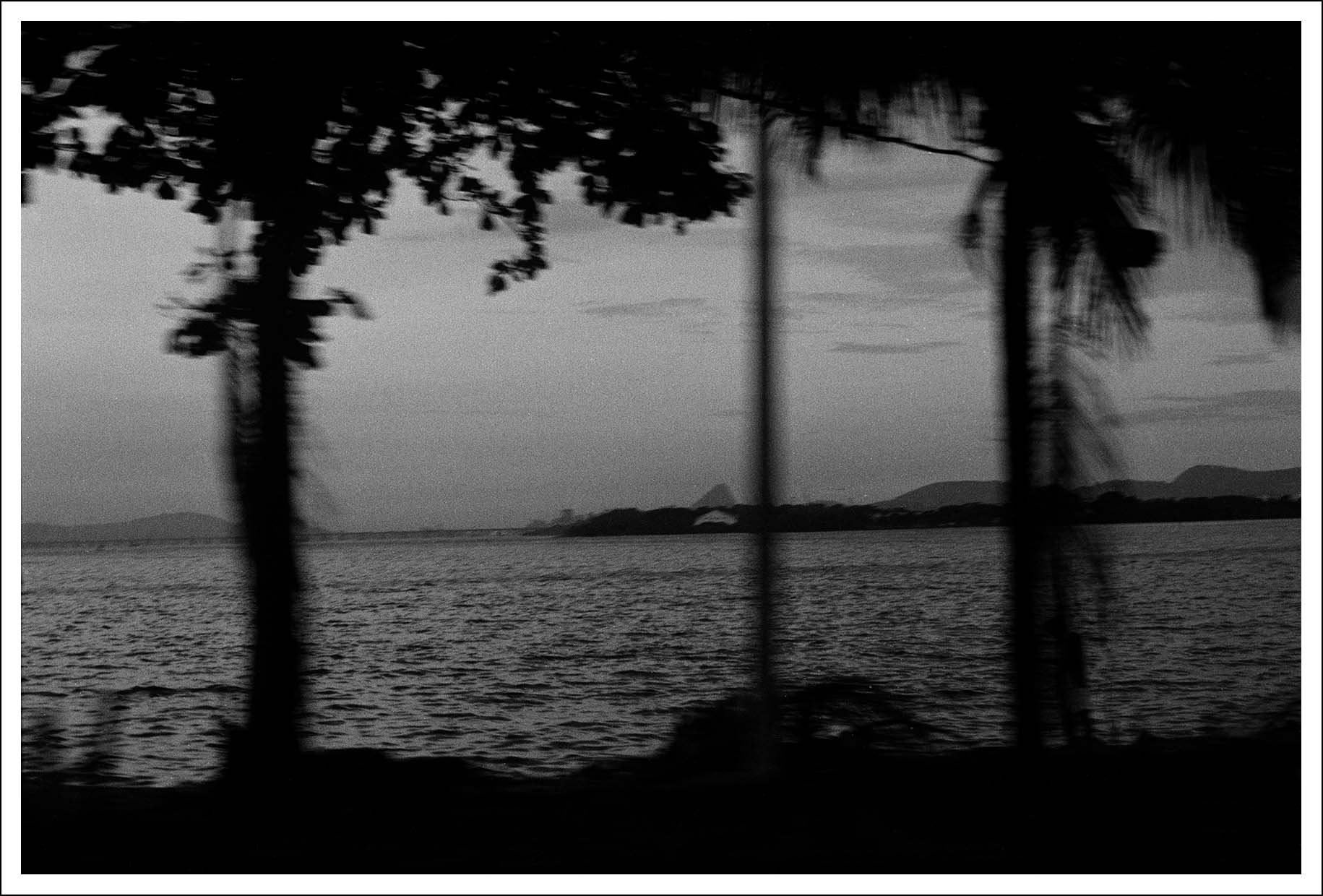Postcard series from 35mm photos. 10x15cm. 2014.
subtropicais
The disappearance of film and therefore analogue photography is one of the implications of the digital revolution that dramatically shifted the imagery production in the last decades. In Brazil and most other countries that used to import the raw materials for this process from Europe and the US, this disappearance happened swiftly. In 2014 the most traditional photo laboratory in Rio de Janeiro, which used to serve both artists and amateurs, closed its doors. Meanwhile, the city had been going through drastic changes. One of the main reasons were the megaevents that were held there, transforming its urban landscape, raising prices and turning the city into an international trading spot at the expense of its inhabitants, the ones who didn’t profit from this late developmental miracle. The images of Rio diffused worldwide are still its postcards, but the real image that its inhabitants have of it is one of another kind.
The last films I brought to the photo laboratory that closed in 2014 came out with development problems such as stains, dust and exposure defects, making it impossible to make analogue prints out of the negatives. The solution was to scan these negatives and digitally manipulate them as much as possible, an exercise similar to that of a painter, so that they would be digitally printable. The outcome is nevertheless imperfect, blurred and uneven. The resulting series of postcards attempt to capture the other image of Rio, one that also has development problems and stains, that is shifting from grain to pixel and is imperfect, blurred and uneven.







